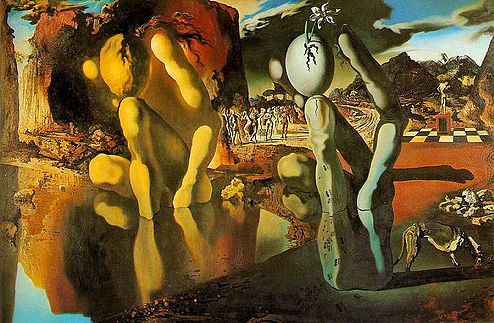
The Internet of Things Enables Digital Transformation
I recently returned from a trip to Munich, Germany where I spoke at the Product Innovation Congress. In additional to the usual product innovation, PDM and PLM topics, this year’s Congress highlighted technologies, business strategies and use cases that use the Internet of Things (IoT) as a means to create a digital thread of product information to support product creation and service strategies.
As you might expect, a discussion on IoT and, in fact, any technology to drive enterprise digital transformation can generate a frustratingly wide range of definitions and, consequently, vague characterization of its benefits and economic justification.
During a panel discussion, I suggested that digital transformation isn’t simply a matter of establishing a new IoT-centric enterprise architecture. Rather, I maintain that we should look at the impact of the information and the digital thread enabled by the IoT in the context of organizational operations and decision making processes. Here is the approach I propose. You can use this to identify opportunities and assess potential value in a way akin to a maturity model.
The Internet of Things delivers transformative value in one or more of the following:
Automate. Embedded control software and connectivity to automate operational and decision making tasks.
Accelerate. IoT as a means to shorten the latency of information. Remote access, augmented by data analytics and decision support systems improves the organization’s responsiveness and agility. The vast majority of IoT implementations today are tactically focused on accelerating response time and optimizing resource allocation.
Enhance. Big data analytics, simulation software and enterprise tools to optimize all aspects of the product lifecycle by exploiting multidisciplinary enterprise data. Unlike the previous characteristics that are predominantly retrospective and reactive, the depth and breadth of information is harvested to improve the fidelity of long-term product design and operational decisions.
Engage. IoT-enabled products and decision-making processes are used to transform traditional business models and engage customers via fine-tuned user-centric service offerings. This is the pinnacle of IoT-centric product strategy, although we must recognize that not all products are equipped to support innovative service models and not all market segments are ready to convert and adopt these models overnight.
Return on Investment
I left this question out of the conversation to keep this post short. You can read about methods to justify investments in IoT and similar strategic initiatives in this article.
Image: Metamorphosis of Narcissus (Salvador Dali, 1937)
